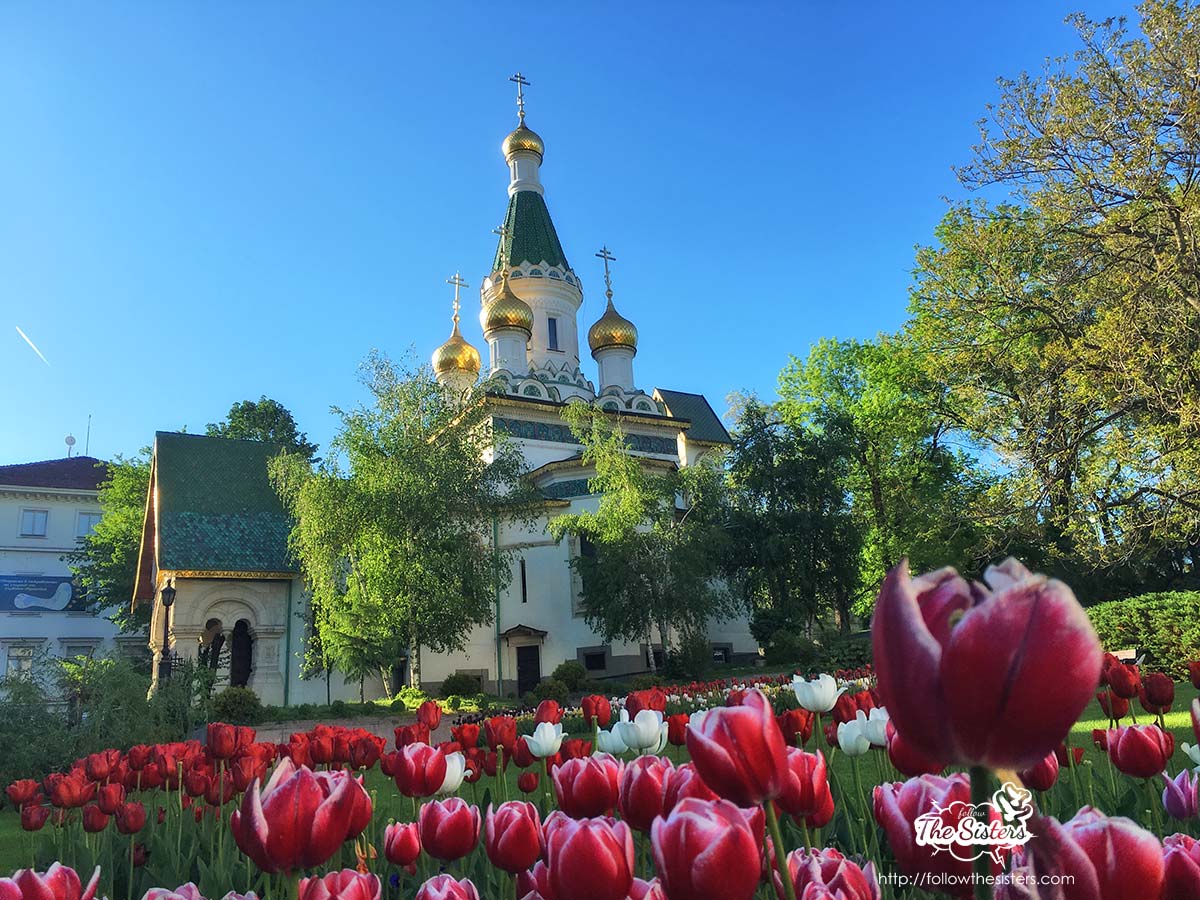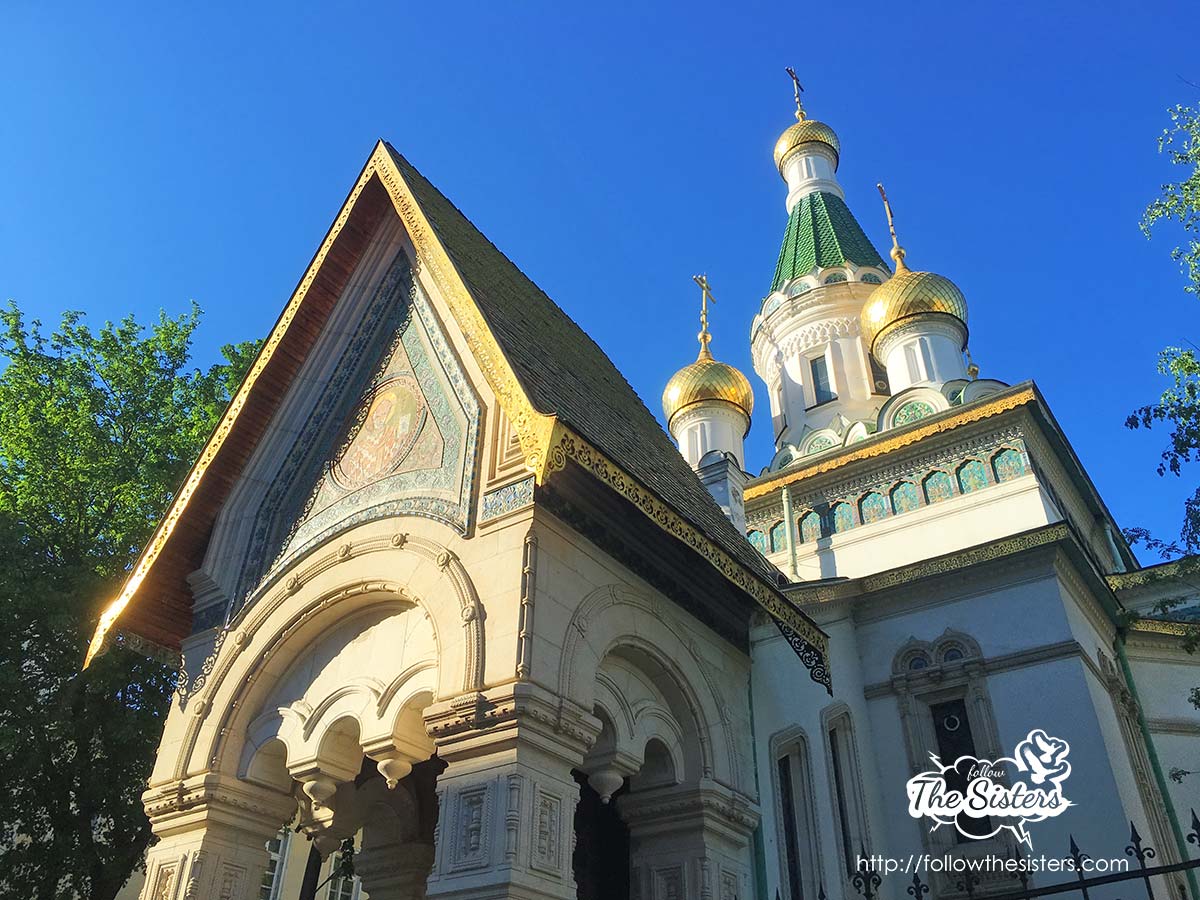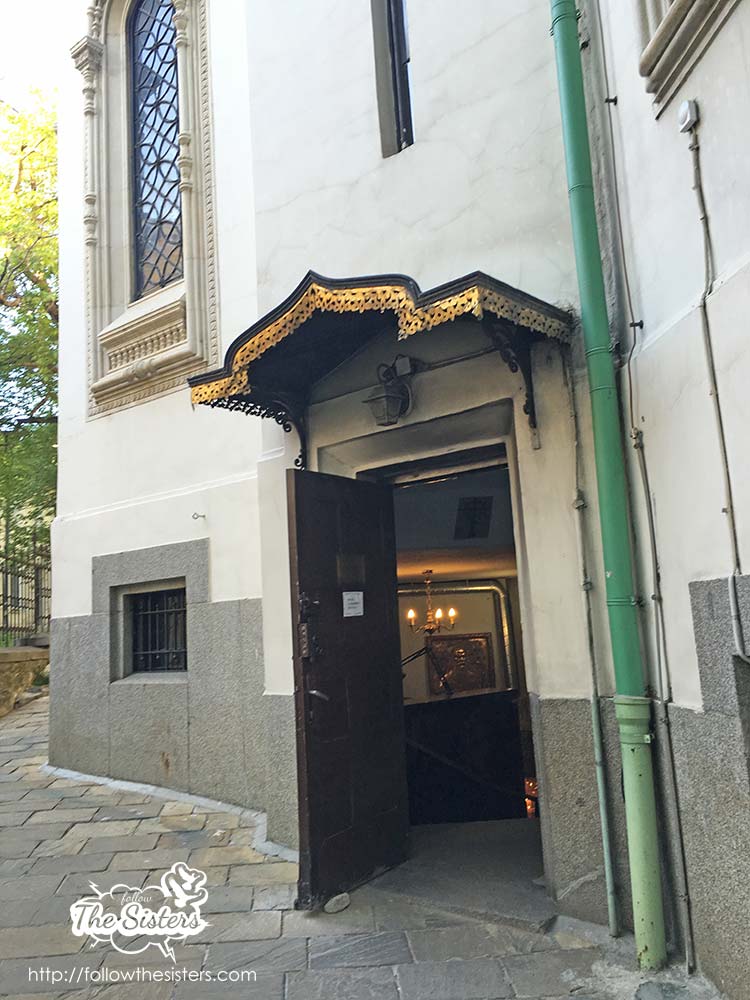You know this church – you’ve seen it in so many pictures. It is a gorgeous building in the very heart of Sofia, standing there to remind us (and our guests) that Bulgaria and Russia have a shared past.
But this isn’t what makes the church so special. Nor are the tulips, nor its golden domes But this isn’t what makes the church so unique. Nor are the tulips, nor its golden domes (although they do add to its charm). There’s a reason which makes Bulgarians from all over the country go there only to leave a letter addressed to a person who is no longer amongst us. But we’ll get to this a little later.
Some interesting facts about the Russian Church
This church, which we all recognize as the Russian Church, is named after St. Nicolas, and the exact name is Church of St Nicholas the Miracle-Maker. It was built on a piece of land owned by the Russian embassy in Sofia and was aimed to serve only the Russian immigrants in Bulgaria.
But why did they need a separate church? Aren’t Russians Christian Orthodox just like Bulgarians? In case this is what you’re thinking, then you’re absolutely right. The problem was that the Bulgarian communist party tried to erase Christianity from the hearts of Bulgarians (yet another thing the regime failed at). I still have no idea what their motivation was, but I know that people were not allowed to attend masses, have their children christened, or even have a priest at funerals. At some point, things became so bad that the police surrounded churches to ensure no one walked in during religious holidays.
Communists had cancelled Christmas!
During that night we spent in the Rila Monastery recently, we learned that for about 10-12 years, there were no monks in the monastery and only a couple of people took care of the building. We can thank the United Nations for forcing the communist morons in Bulgaria to have monks return to the monastery. It was all because of tourism, but that’s another topic.
Back to the Russian church.
Since the ruling party greatly cherished the friendship with Russia during communism, Russians had the power to demand a church for their compatriots living in Bulgaria. Luckily, they did a fine job, and now we have this gorgeous building (which was initially supposed to be only a chapel).
Who made it all happen?
In 1921 bishop Serafim arrived in Bulgaria as the prior of the St Nicholas the Miracle-Maker Church. He was an exceptional human being, people say. Thousands of stories are told about his love for humanity and his incredible ability to help people. Some even claim that he was able to heal terminal illness through prayer. But there are three things about his life that impress me the most.
Serafim managed to gain the communist party’s approval to collect donations. You probably don’t understand how incredible of an achievement this is, but when a political party is trying to erase the existence of something (in this case, Christianity), getting their approval to spread information about this very topic is a heroic accomplishment. And if you’re wondering what he needed the money for, well, he was taking care of refugees, some of whom he hosted in his own home.
He cherished what his new home country had to offer instead of enforcing his point of view. I communicate with many foreigners in Bulgaria, and although they all claim to respect and love what the country has to offer, I can often see how they try to enforce their understanding of things. This is why I was astonished when I found out that the minute bishop Sefarim stepped foot in Bulgaria, he dedicated a lot of his time to research the life of St. Ivan Rilski (St. John of Rila). He is the one to whom we nowadays owe the knowledge of details about the life of Bulgaria’s most famous pilgrim.
He loved people wholeheartedly. It may not sound like a big deal, but loving people is perhaps one of the hardest things. Throughout his life, Bishop Serafim was often heard saying, “Our brothers we should see as angels, and their sins – as diseases”. He believed that wrongdoing didn’t make a person bad – it was an illness that needed to be treated with kindness and love.
So, why are people writing letters to Bishop Serafim?
There are hundreds, if not thousands of stories about people who went to him and whom he has helped. Stories also tell about his incredible capabilities of seeing into the future and read people’s thoughts. A day before his death, he told a saddened woman: “When I am gone, write letters. If I am blessed with the opportunity to meet God, I shall step up for you and ask his help.”
We often go to the Russian church and every time we do, we write a letter to Bishop (now Saint) Serafim. Sometimes we just ask him to thank God on our behalf for all the blessings in our lives. A while ago, however, we were going through some hard times. It all seemed absolutely lost, until one day I wrote yet another letter and dropped it in the box next to the grave of St. Serafim in the crypt of the Russian church. I d not want to go into details, but the most unbelievable turn of events happened afterward and my wish was granted to me.
So, if there is anything you really strongly wish for, if you have a sick relative who needs help, go to the Russian church and write a letter.
With love,
Nina




